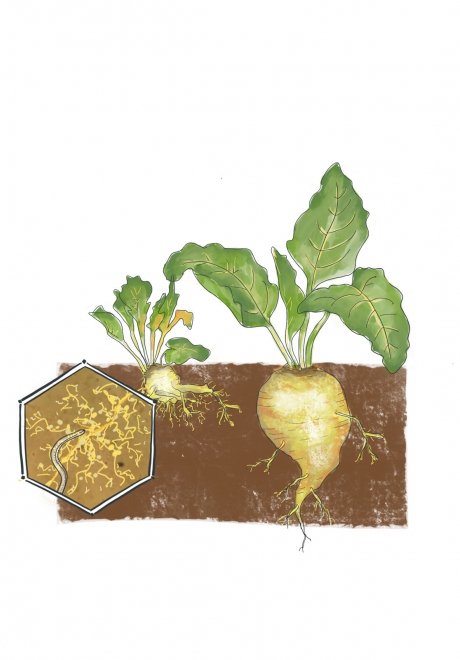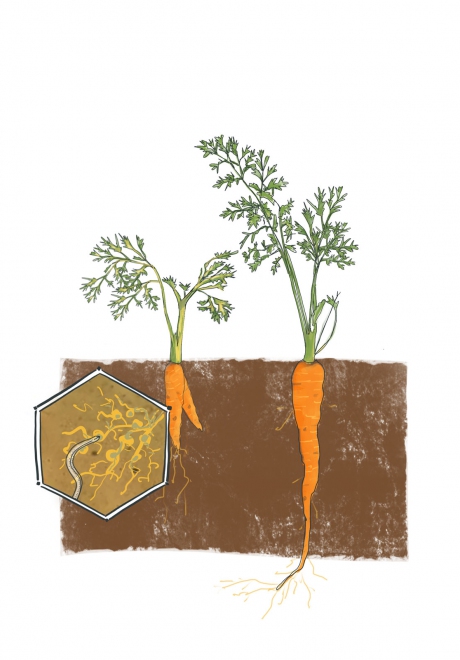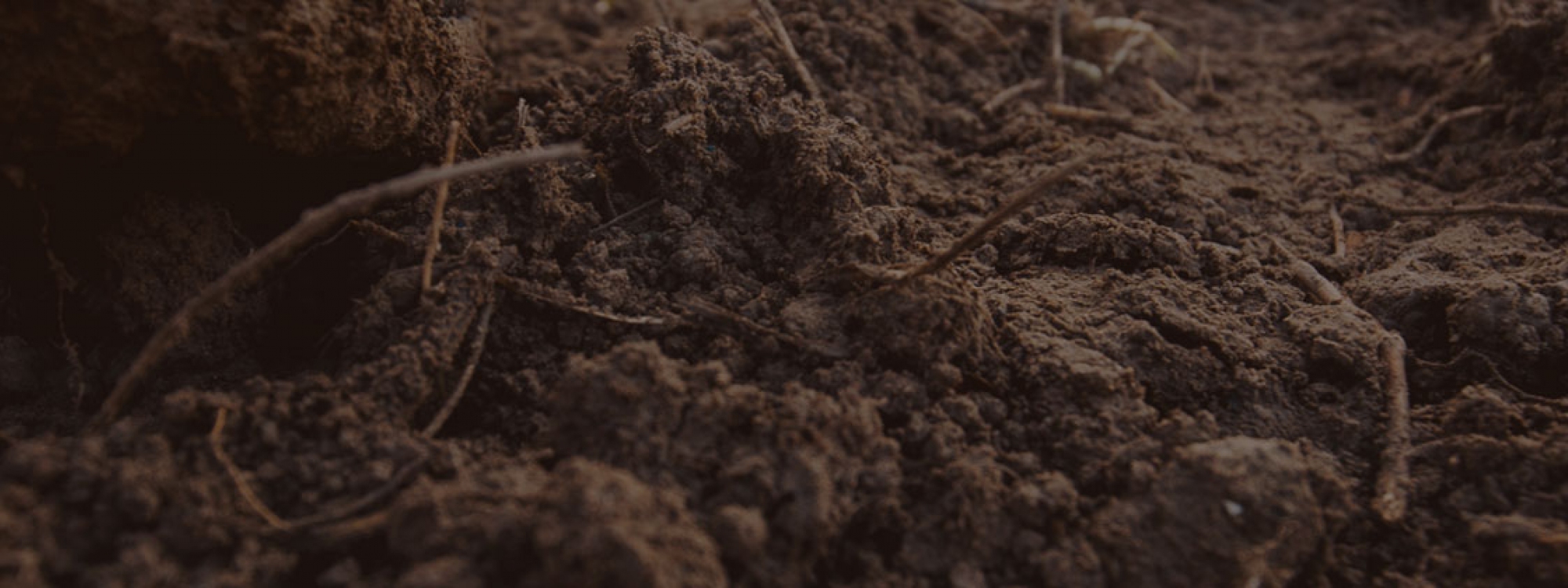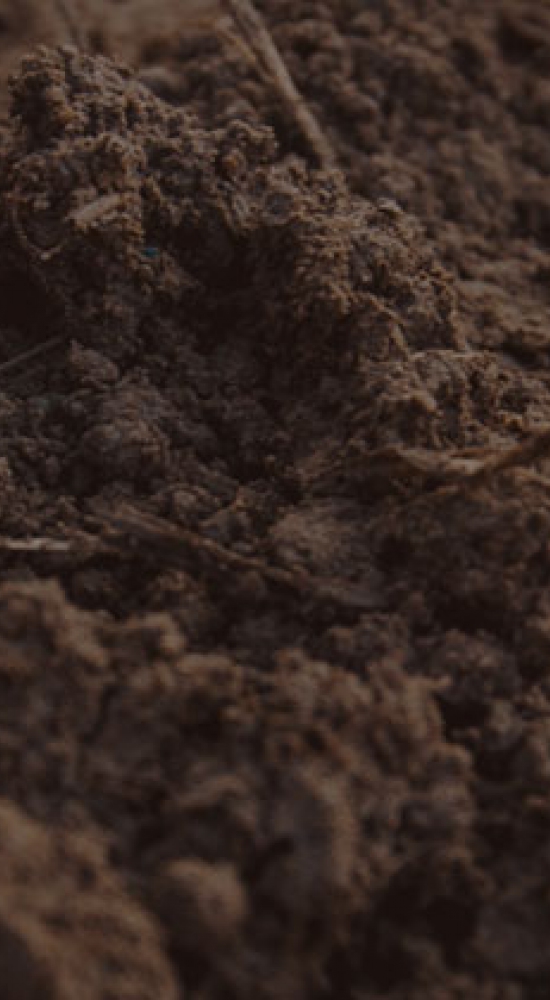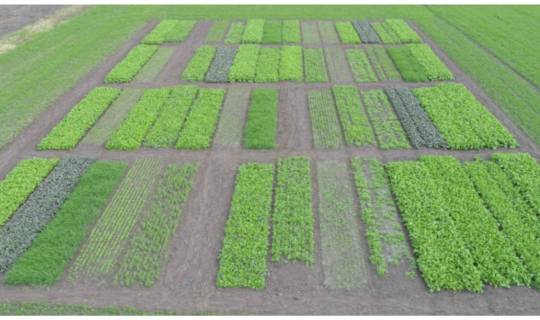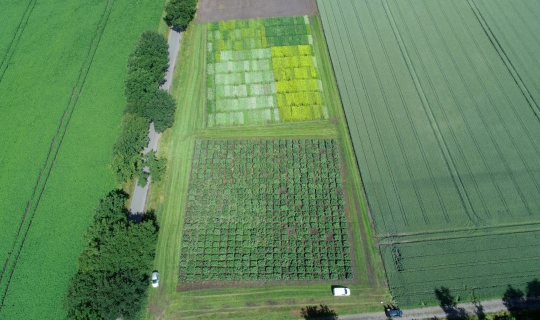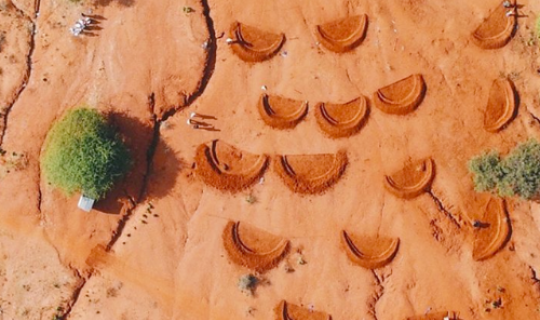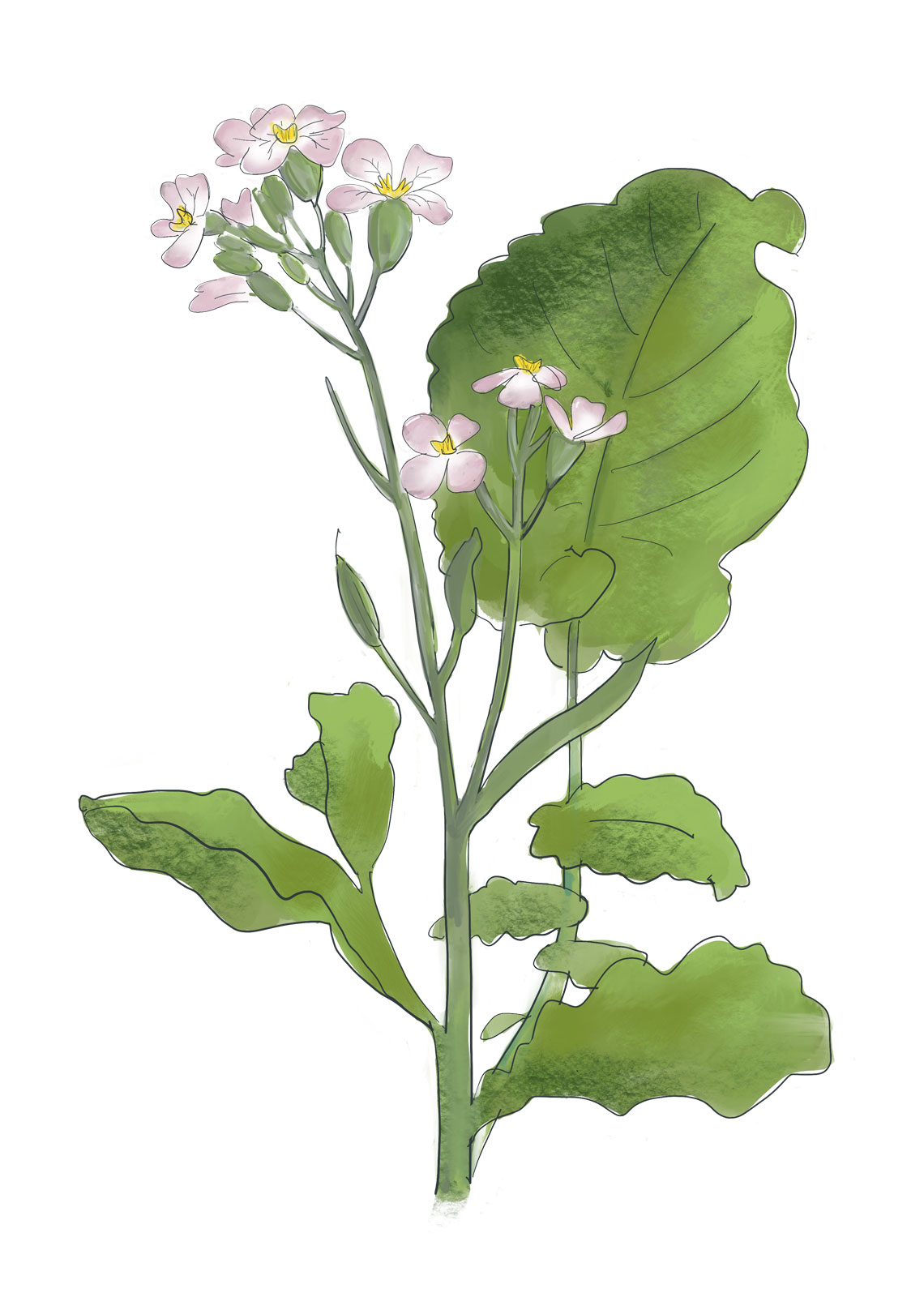
Oilseed radish
Oilseed radish (Raphanus sativus var. oleiformis) is a versatile and valuable cover crop in agriculture. It is a cruciferous green manure that grows 80cm to 110cm high. This fast-growing annual plant is primarily cultivated for its ability to enhance soil health and fertility. Its distinctive feature is its deep taproot, which can penetrate compacted soil, breaking up hard layers and improving soil aeration and structure. This root system also helps to scavenge and store nutrients that might otherwise leach away.
Oilseed radish's dense foliage forms a thick canopy, suppressing weed growth and reducing the competition for resources. This natural weed control minimizes the need for herbicides. Moreover, the plant's decomposition adds organic matter to the soil, increasing its fertility. When sown in early August, the crop adds 1600 kg of effective organic matter to the soil. After the first winter frost, radish can easily be plowed under.
Oilseed radish is an excellent trap crop for combating nematodes like Beet-cyst nematodes (Heterodera schachtii and Heterodera betae) and Root-knot nematodes (Meloidogyne chitwoodi/fallax and hapla). Oilseed radish is a valuable cover crop that promotes sustainable and environmentally friendly agricultural practices.
| Varieties | Nematode resistance |
|---|---|
|
CORDOBA |
BCA 1 - M. chitwoodi |
|
AYACARA |
BCA 1 - M. chitwoodi |
|
GRANADA |
BCA 1 - M. chitwoodi - M. hapa |
|
VALENCIA |
BCA 2 - M. chitwoodi |
|
TAJUNA |
BCA 2 - M. chitwoodi |


